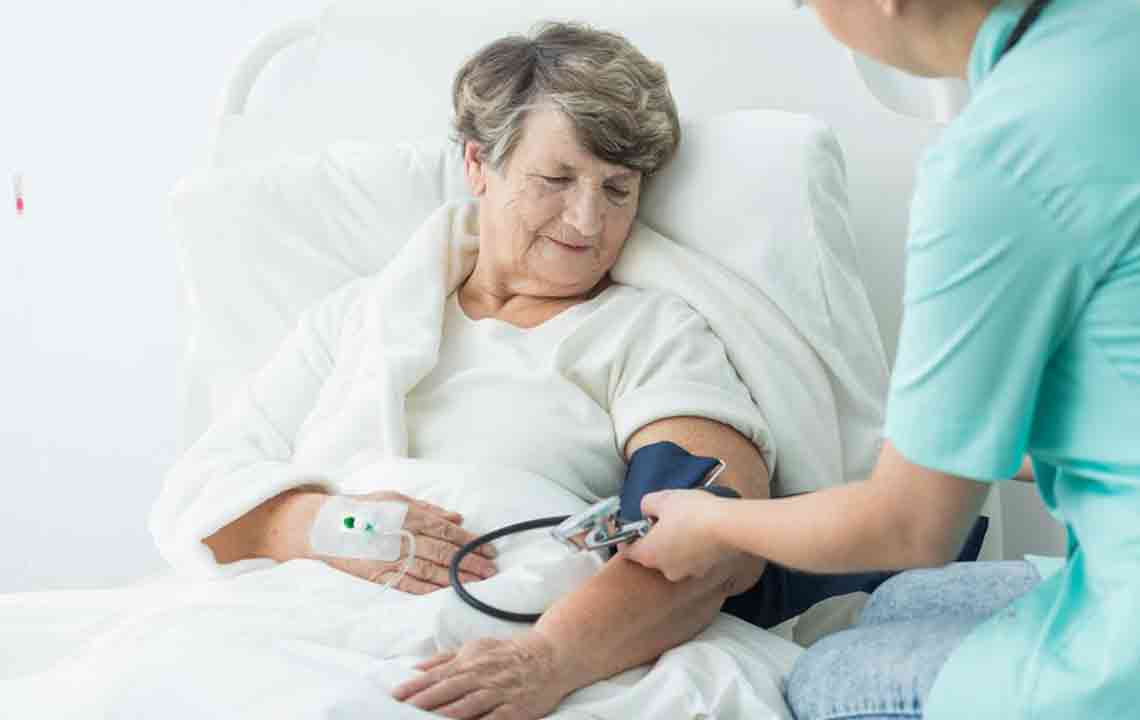Comprehensive Guide to Pulmonary Arterial Hypertension: Causes, Symptoms, and Treatment Options
This comprehensive guide details pulmonary arterial hypertension, exploring its causes, symptoms, diagnosis, and advanced management strategies. Early detection and personalized treatment options are key to improving outcomes, making awareness essential for patients and healthcare providers alike. Learn how modern therapies help manage this complex condition and enhance quality of life.

Comprehensive Guide to Pulmonary Arterial Hypertension: Causes, Symptoms, and Treatment Options
Pulmonary Arterial Hypertension (PAH) is a complex and potentially life-threatening condition characterized by an increase in blood pressure within the pulmonary arteries, the vessels responsible for transporting blood from the heart to the lungs. This elevated pressure results from a narrowing, stiffening, or blockage within the pulmonary vessels, which disrupts normal blood flow. As a consequence, the right side of the heart must work harder to pump blood through these constricted arteries, leading to increased strain on the heart muscle. If left untreated, this added workload can cause right heart failure, significantly impacting cardiovascular health and overall well-being.
Understanding PAH is crucial as it is a progressive disease that can be managed effectively with early diagnosis and appropriate treatment. While some cases develop gradually over time, others may progress rapidly, underscoring the importance of timely medical intervention. Symptoms of PAH can often be mistaken for less serious conditions, which makes awareness and early detection vital for improving patient outcomes.
What Causes Pulmonary Arterial Hypertension?
The human heart's right ventricle plays a pivotal role in pumping blood through the pulmonary arteries into the lungs, where oxygen exchange occurs. In PAH, abnormalities occur within the pulmonary artery walls, leading to thickening of the vessel walls, inflammation, and narrowing of the arteries. These changes cause increased resistance to blood flow, elevating pulmonary arterial pressure. The exact cause of these vascular changes can vary, which has led to the classification of PAH into different groups based on etiology.
Specifically, PAH can be caused by genetic predispositions, certain medications or drugs, connective tissue diseases, congenital heart defects, or as a complication of other health conditions. The condition can also be idiopathic, meaning it arises without a known cause. Understanding these underlying factors is essential for tailoring effective treatment strategies tailored to each patient's specific situation.
Classification and Diagnosis of PAH
Once diagnosed, PAH severity is categorized into four functional classes based on the patient's symptoms and physical capability. This classification helps guide treatment approaches and prognostic assessments. Class I indicates no symptoms or limitations during physical activity; patients feel normal during daily activities. Class II patients experience fatigue, breathlessness, or dizziness during exertion but can still perform most everyday tasks. Class III individuals show symptoms with minimal activity, such as walking short distances or climbing stairs. Class IV patients experience symptoms even at rest and have significant limitations in daily life. Accurate classification is critical for developing a personalized treatment plan.
Diagnosis involves a combination of clinical evaluation, imaging studies like echocardiograms, and specialized tests such as right heart catheterization, which directly measures pulmonary pressures. These assessments help confirm PAH presence, determine its severity, and exclude other potential causes of pulmonary hypertension.
Current Management Strategies for Pulmonary Arterial Hypertension
The management of PAH requires a multidisciplinary approach aimed at relieving symptoms, slowing disease progression, and improving quality of life. Pharmacologic treatments are the cornerstone of therapy and include vasodilators, which relax and widen the pulmonary arteries, thereby reducing resistance and alleviating strain on the heart.
Commonly prescribed vasodilators include drugs like Flolan (epoprostenol) and Veletri (treprostinil). These medications are often administered via infusion and require careful monitoring but are effective in improving hemodynamics and symptoms. Other medications such as Revatio (sildenafil) and Cialis (tadalafil) are phosphodiesterase-5 inhibitors that enhance blood flow and reduce pulmonary artery pressure, although they may cause side effects like visual disturbances or headaches.
Besides medication, supplemental oxygen therapy may be necessary for patients with low oxygen levels. In some cases, advanced treatments like balloon atrial septostomy or lung transplantation are considered for severe cases unresponsive to conventional treatments. Supportive therapies, including diuretics and anticoagulants, may also be employed to manage symptoms and prevent complications.
Importance of Early Detection and Lifestyle Adjustments
Early diagnosis and intervention are critical for improving long-term outcomes in PAH patients. Regular monitoring and adherence to prescribed treatments can significantly slow disease progression and enhance quality of life. Patients are advised to maintain a healthy lifestyle, including engaging in appropriate physical activity, avoiding smoking, managing comorbid conditions, and reducing stress.
Patient education plays a crucial role, empowering individuals to recognize early symptoms like unexplained fatigue, breathlessness, chest pain, and swelling in the limbs. Prompt medical evaluation can lead to earlier diagnosis and more effective management, preventing irreversible damage to the pulmonary arteries and the heart.
In summary, pulmonary arterial hypertension is a serious but manageable condition. Advances in medical research and treatment options continue to improve patient prognosis. Recognizing symptoms early, understanding the causes, and adhering to individualized treatment plans can help patients lead fuller, healthier lives despite their diagnosis.




